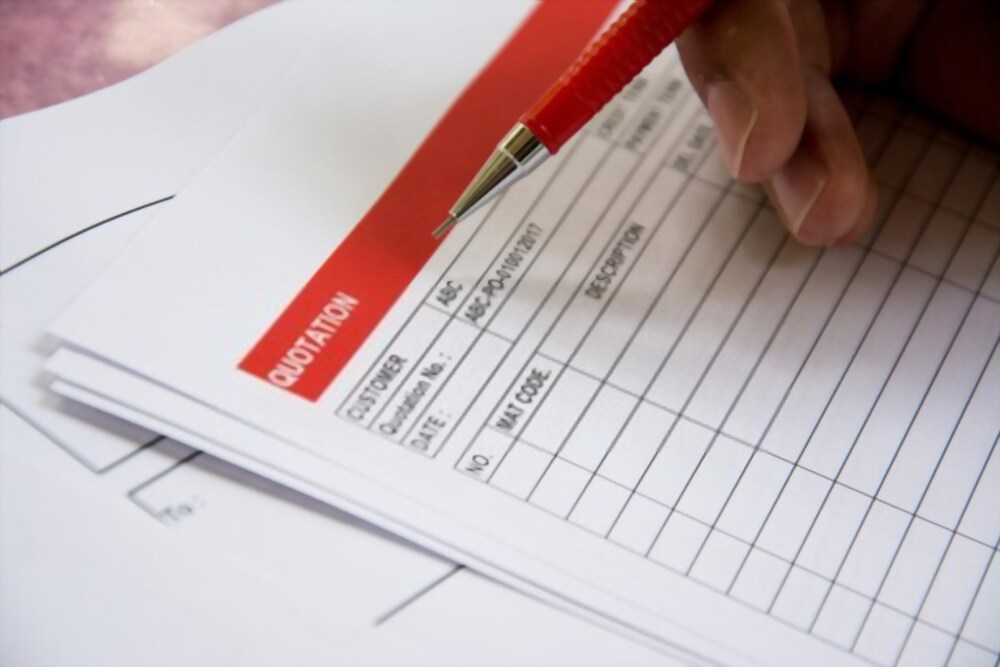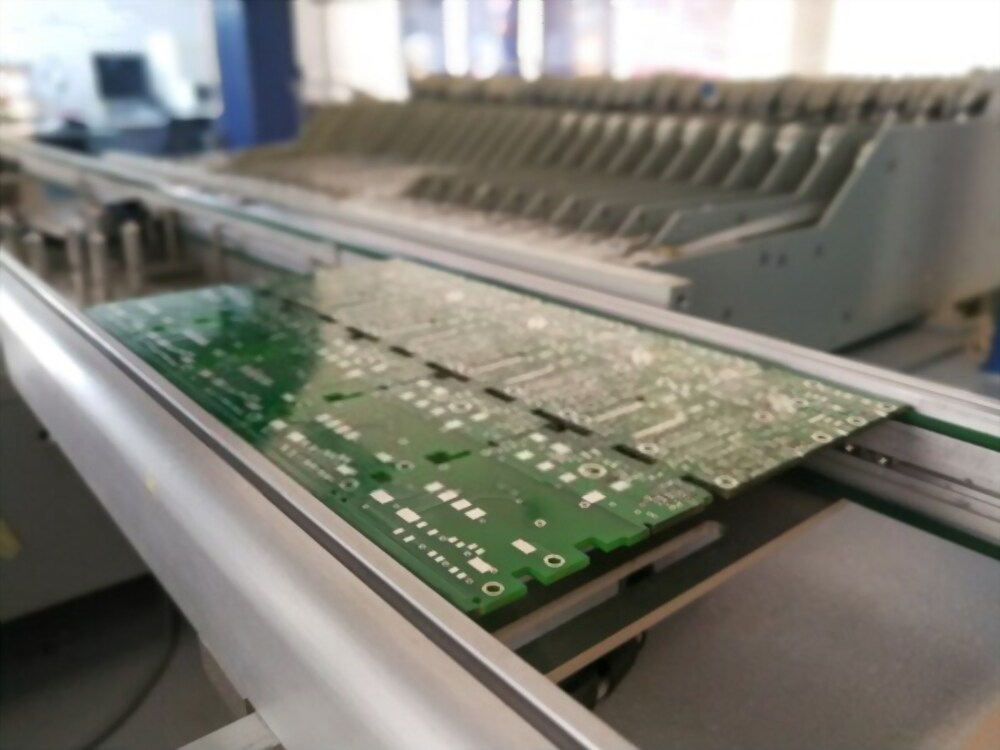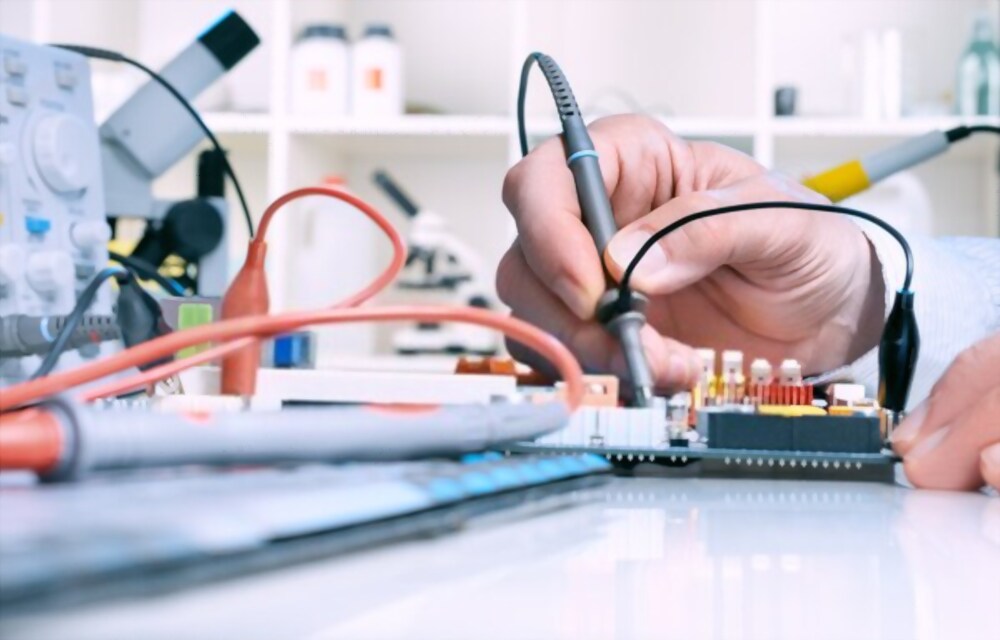A Comprehensive Introduction Of PCBA
PCBA, short for printed circuit board assembly, refers to the combination of PCB, components and electronic accessories. Simply speaking, PCBA is actually the PCB with components assembled.
The world of electronics is constantly changing. It’s an industry with a rapid pace evolution and shows no signs of slowing down, but the printed circuit board assembly (PCBA) process is one standard among this swift progression.
A project manager needs an electronic contract manufacturer or ECM he/she can depend on for a steady and proven PCBA process that can handle advancements in electronics and the PCB components that control them. Before finding the ECM partner to tackle your project you should truly understand how your printed circuit board is made from quote to prototype to finished product. Here is your guide to understanding the PCBA process.
1
Quote Phase
Believe it or not, the quote phase can be the most important factor for your PCBA project’s success. The quote you receive from your ECM spells out the time requirements, cost, and details of what you can expect in the completed product. Your ECM will look over your PCB design for inaccuracies and obsolete parts. Based on your design, assembly requirements, bill of materials, and other basic project information you provide, your ECM will provide you with a design for manufacturability (DFM) analysis. The DFM analysis from your ECM can assist in a re-engineer and/or design in order to reduce manufacturing costs of you PCBs by saving both time and money. The aim here is to fix potential problems, and the design phase is the least expensive place to address them.
2
Prototype Phase
The project manager takes over during the prototype phase. This is a crucial stage to your project’s development. It ensures your design works perfect before a full run of your printed circuit boards is made. The prototype allows your ECM to make sure all parts are in house before production begins and for you to test your PCB’s functionality. The prototype also helps save money by eliminating failures early. It avoids the cost of a whole production run of faulty boards by detecting flaws in the production process. Once you’re satisfied with your prototype, your project is nearly ready for a full production run.
3
Solder Phase
There are two types of assemblies used in the solder phase of your PCB assembly; pick and place surface mount technology (SMT) and through-hole technology (THT).
PICK AND PLACE
A robotic device called a pick and place machine places surface mount components or devices (SMDs) on a prepared PCB.
THROUGH-HOLE TECHNOLOGY
This is done by either manual assembly or by the use of a wave-soldering machine.
Both technologies can be used on the same board.
4
Inspection
Once components are soldered in place, your PCBs will move on to inspection. Checking for errors and misalignments can ensure that errors are found and fixed as soon as possible. This helps both the manufacturer and the designer save time, labor, and materials. Perhaps the most comprehensive inspection methods of modern circuit boards is automatic optical inspection (AOI). It is nearly impossible for smaller and more complicated circuits manufactured today to be manually inspected in order to detect internal defects. An AOI machine uses a series of high-powered, autonomous cameras to scan devices for missing components or quality problems and to examine the quality of solder connections. The AOI does this at a very high speed, allowing it to process a high quantity of PCBs in a relatively short time.
5
Testing
The next step of the process, if desired by the customer, is to test your printed circuit board to make sure it does what it’s supposed to do. This involves testing the PCB connections for quality and putting it through its paces using testing fixtures. It will be checked to see how it functions under normal conditions in which it will operate. If desired, a PCB must pass the testing phase in order to be considered complete and shipped to you for use in your final product.
6
Delivery of manufacturing pack
With prototypes approved our job is sometimes completed and we will provide all schematics in Altium format along with PCB artwork, a full BOM as well as any other documentation and IP. A post project review is undertaken to analyse project performance in line with our ISO9001 quality system – the client is invited in to review and discuss our findings.
7
Production Management
The production stage has many prerequisites vital to the on-going success of the project. These often includes management of software versions, assembly quality, system testing and component obsolescence. We can manage this entire process allowing the client to use their valuable resource on the competencies they are specialised in.
1) Quote Phase

Believe it or not, the quote phase can be the most important factor for your PCBA project’s success. The quote you receive from your ECM spells out the time requirements, cost, and details of what you can expect in the completed product. Your ECM will look over your PCB design for inaccuracies and obsolete parts. Based on your design, assembly requirements, bill of materials, and other basic project information you provide, your ECM will provide you with a design for manufacturability (DFM) analysis. The DFM analysis from your ECM can assist in a re-engineer and/or design in order to reduce manufacturing costs of you PCBs by saving both time and money. The aim here is to fix potential problems, and the design phase is the least expensive place to address them.
2) Prototype Phase

The project manager takes over during the prototype phase. This is a crucial stage to your project’s development. It ensures your design works perfect before a full run of your printed circuit boards is made. The prototype allows your ECM to make sure all parts are in house before production begins and for you to test your PCB’s functionality. The prototype also helps save money by eliminating failures early. It avoids the cost of a whole production run of faulty boards by detecting flaws in the production process. Once you’re satisfied with your prototype, your project is nearly ready for a full production run.
3) Solder Phase

There are two types of assemblies used in the solder phase of your PCB assembly; pick and place surface mount technology (SMT) and through-hole technology (THT).
PICK AND PLACE
A robotic device called a pick and place machine places surface mount components or devices (SMDs) on a prepared PCB.
THROUGH-HOLE TECHNOLOGY
This is done by either manual assembly or by the use of a wave-soldering machine.
Both technologies can be used on the same board.
4) Inspection

Once components are soldered in place, your PCBs will move on to inspection. Checking for errors and misalignments can ensure that errors are found and fixed as soon as possible. This helps both the manufacturer and the designer save time, labor, and materials. Perhaps the most comprehensive inspection methods of modern circuit boards is automatic optical inspection (AOI). It is nearly impossible for smaller and more complicated circuits manufactured today to be manually inspected in order to detect internal defects. An AOI machine uses a series of high-powered, autonomous cameras to scan devices for missing components or quality problems and to examine the quality of solder connections. The AOI does this at a very high speed, allowing it to process a high quantity of PCBs in a relatively short time.
5) Testing

The next step of the process, if desired by the customer, is to test your printed circuit board to make sure it does what it’s supposed to do. This involves testing the PCB connections for quality and putting it through its paces using testing fixtures. It will be checked to see how it functions under normal conditions in which it will operate. If desired, a PCB must pass the testing phase in order to be considered complete and shipped to you for use in your final product.
6) Delivery of manufacturing pack

With prototypes approved our job is sometimes completed and we will provide all schematics in Altium format along with PCB artwork, a full BOM as well as any other documentation and IP. A post project review is undertaken to analyse project performance in line with our ISO9001 quality system – the client is invited in to review and discuss our findings.
7) Production Management


